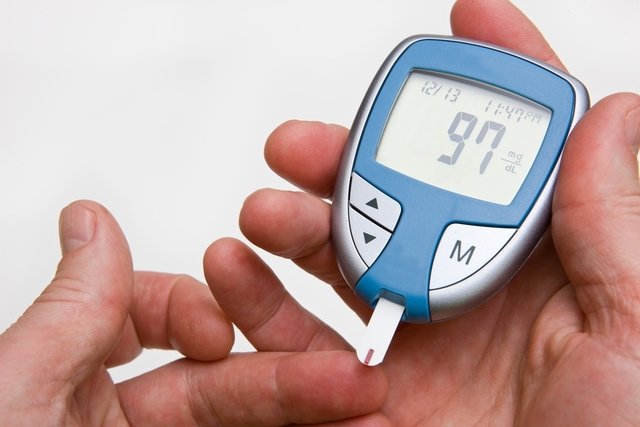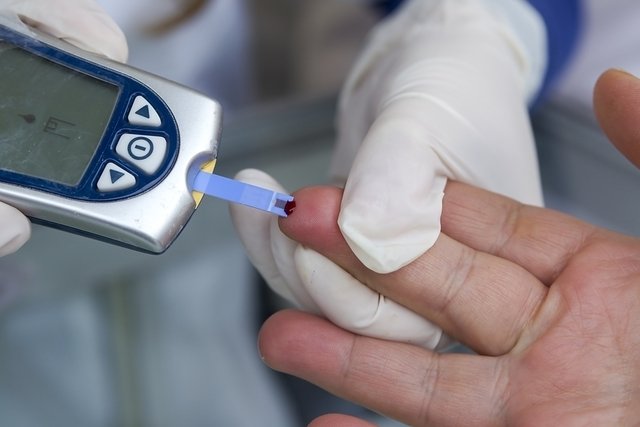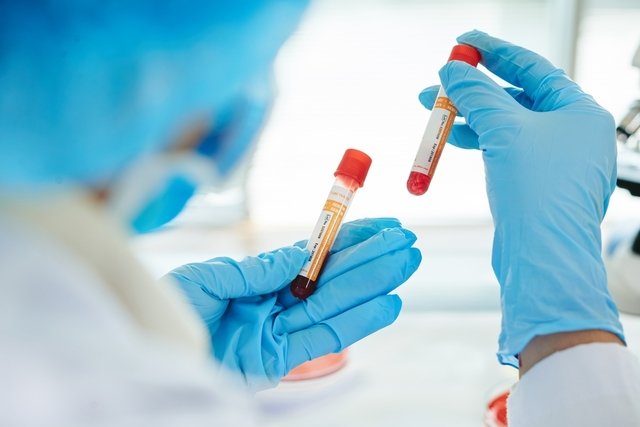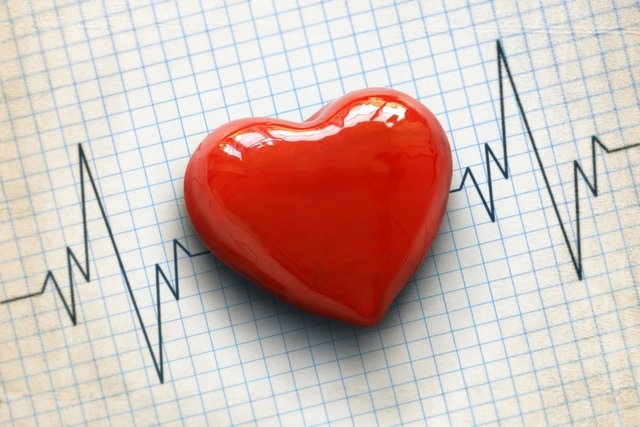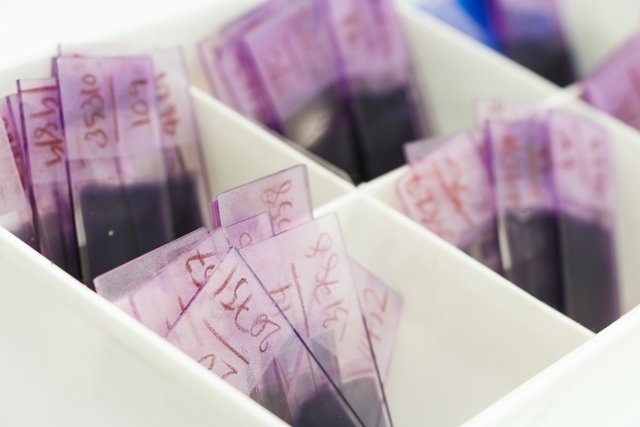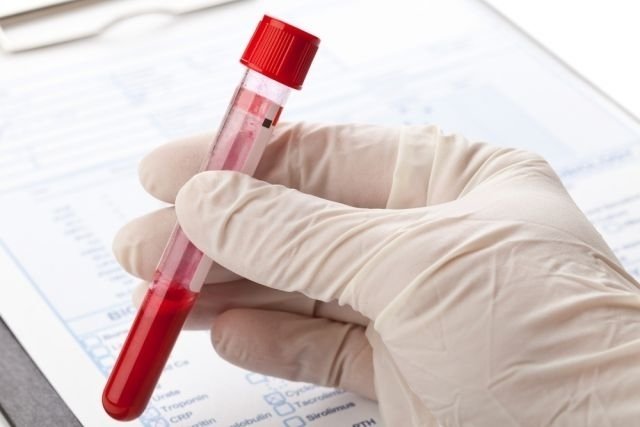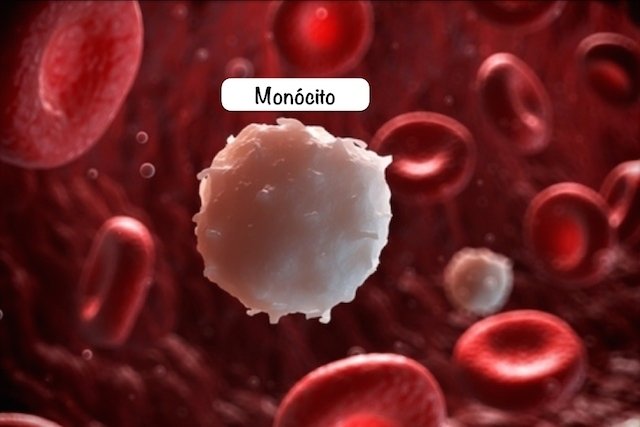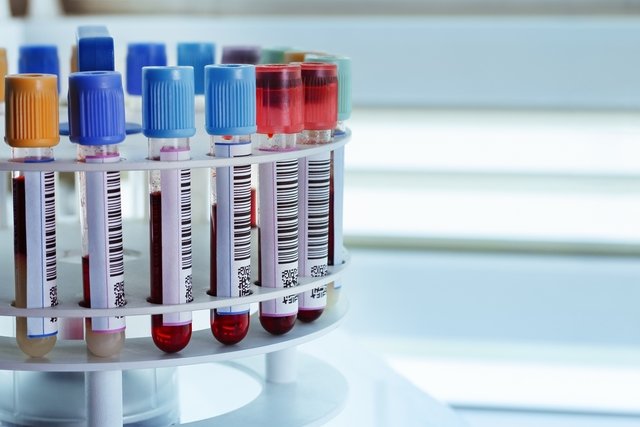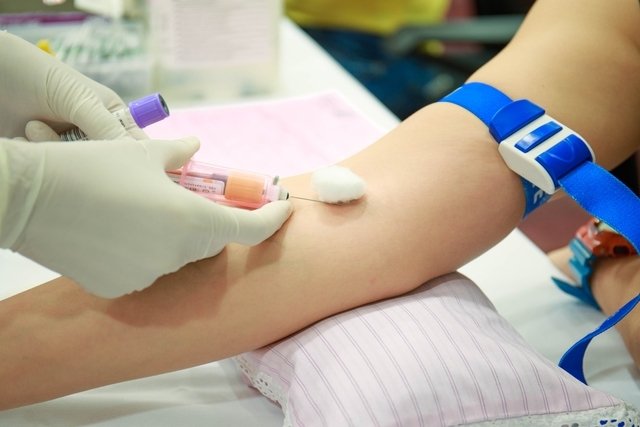Capillary blood glucose: what it is, how to measure it and reference values
The capillary blood glucose test is carried out with the aim of checking blood sugar levels at a certain time of the day and for this purpose a blood glucose device must be used to analyze a small drop of blood that is taken from the tip of the finger. Measuring capillary blood glucose is […]
Continue Reading
